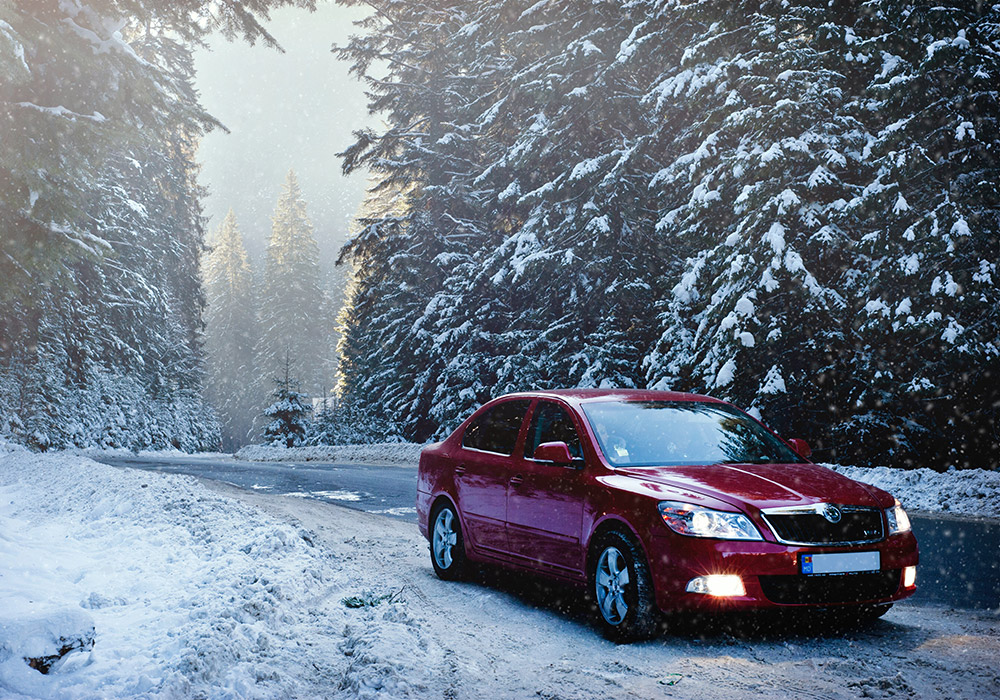Our winter weather in western Washington is certainly no arctic wonderland. We get our occasional week or two of snow flurries or some startling torrents of hail, but mostly, we get a lot of cold and a lot of rain.
Still, these conditions all bring their own driving challenges. The dark winter months, frosty mornings, and on-and-off downpours require brushing up on your skills and making sure you have all the equipment you need to navigate safely.
Here are some tips for driving in the winter months.
If your car is parked outside, it’s helpful to have an ice scraper and a towel on hand in your vehicle so you can quickly get to work on making sure you have great visibility when you hit the road.
Wear warm gloves for this task, or buy an ice scraper that has a mitt already attached! If you haven’t upgraded to a long-handled ice scraper that can extend all the way across your window, consider it for its ease of maneuverability. Some also come with brushes on one end to get excess ice and snow off cars.
Towels will also come in handy for cars that collect condensation on the inside of the glass due to broken seals, blurring up the window with water droplets. Frequently washing your car is also helpful to prevent the droplets from having something to adhere to.
Snow tires, new windshield wipers, and car chains are all very important tools for winter driving. Even though we don’t have lots of snow in western Washington, we also are not well equipped for the weeks when we do have ice and snow on the road, meaning it will take a lot longer for ploughs to clear the roads.
Snow tires will help your vehicle have better traction rather than sliding around on the ice. And tires with good traction are just as helpful for driving in the rain as they are for the snow.
Slow and steady wins the race when it comes to driving in snow and rain. You want to be mindful of your actions and prepare long in advance for them, whether that’s stopping, making a turn, or accelerating.
If you start to lose traction or begin hydroplaning, don’t immediately slam the brakes or accelerate. Defensive Driving has great tips for how to navigate depending on if you have ABS and front or rear-wheel drive.
If you see a large puddle of water on the road, do everything you can to avoid crossing it. If you’re sure it’s very shallow, drive very slowly, and at the shallowest part. Remember, your car can start floating, even with as little as six inches of water on the road.
Questions about car insurance? Contact a Sea Mountain Auto Insurance Specialist today!
